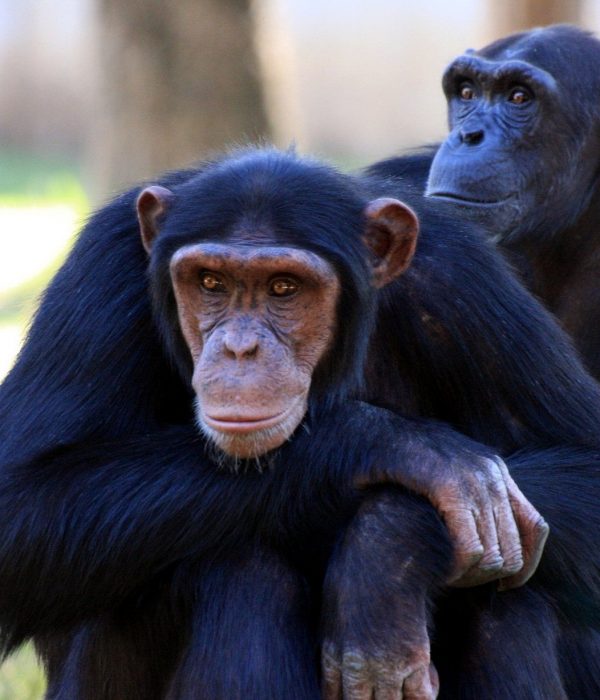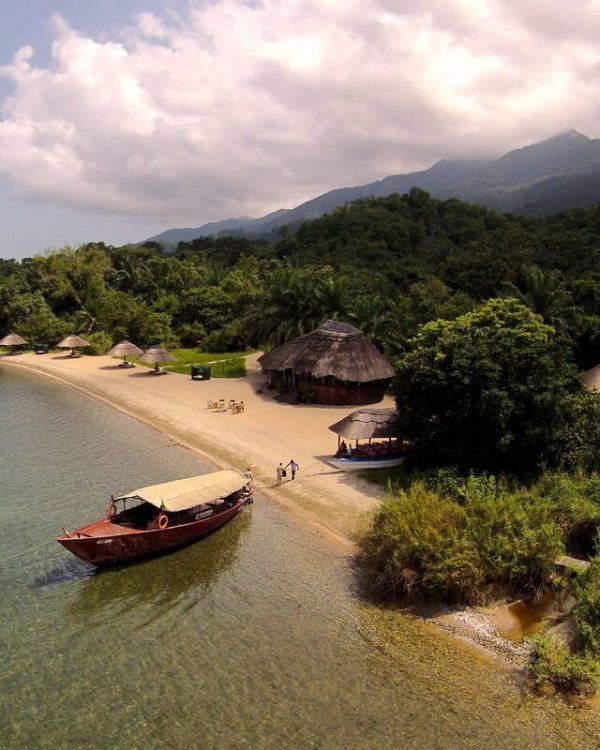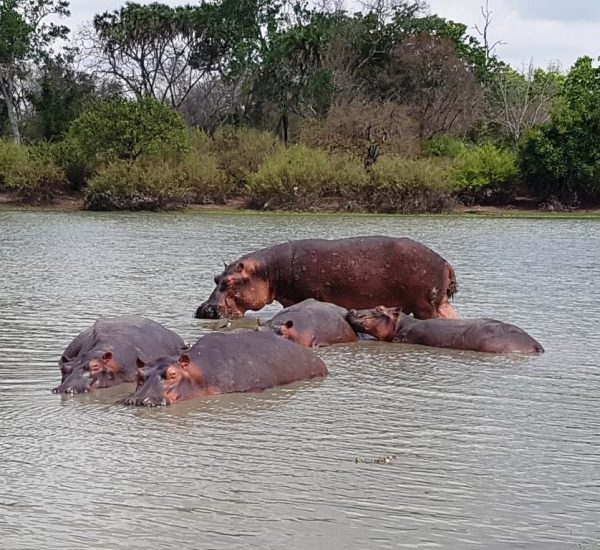- Dar es Salaam
- info@tanepicsafaris.com
- +255 747 381 390
- Home
- About
- Tour Packages
- Mt. Trekking
Let climb
Kilimanjaro
- info@tanepicsafaris.com
- +255 747 381 390
- Beach Holiday
- Contacts

Gombe is the smallest of Tanzania’s national parks: a fragile strip of chimpanzee habitat straddling the steep slopes and river valleys that hem in the sandy northern shore of Lake Tanganyika.
Its chimpanzees – habituated to human visitors – were made famous by the pioneering work of Dr. Jane Goodall, who in 1960 founded a behavioural research program that now stands as the longest -running study of its kind in the world. The matriarch Fifi, the last surviving member of the original community, only three-years old when Dr. Jane Goodall first set foot in Gombe, born 1958 and died in 2004.
The most visible of Gombe’s other mammals are also primates. A troop of beachcomber olive baboons, under study since the 1960s, is exceptionally habituated, while red-tailed and red colobus monkeys – the latter regularly hunted by chimps – stick to the forest canopy. The park’s 200-odd bird species range from the iconic fish eagle to the jewel-like

Mahale contains at least world’s largest protected population (approx. 700-1000) of the eastern subspecies of Chimpanzee.The area contains at least 337 birds species , many of which are rare and endemic to the Albertine Rift. Eg Pel’s fishing owl.One of the unusual things about mahale is the wide variety of habitat types that it contains. The park is a mosaic of overlapping rainforest, woodland, bamboo forest, Montane forest and mountain grasslands, meaning that mahale can support a unique mix of flora and fauna that rely on the various different habitats.
Mahale contains 8 (Possibly 9) primates in addition to chimps; these are yellow baboons, blue monkeys, red colobus, pied colobus, and vervet monkeys two or three species of Galago.Lake Tanganyika, which is part of Mahale, is both the world second longest and second deepest freshwater lake being 673 in length and 60-80km in width.The fresh water fish fauna of lake Tanganyika is one of the most diverse in the world. The Lake is home to at least 400 species of fish, about 250 of which are cichlids, and 98% of which are endemic (the occur nowhere else on earth)

Katavi National Park is one of the most pristine and rugged nature reserves in Tanzania. The enormous grass landscape with thousands of buffalo and antelopes are a true highlight. In the beautiful forests and around the lakes you find many hippos, crocodiles and birds.
Hippos in Katavi provide the most singular wildlife spectacle!Towards the end of the dry season, up to 200 hundred individuals might flop together in any riverine pool of sufficient depth. The Park offers wildlife in abundance and it has one of Tanzania’sgreatest concentrations of buffalo, elephants and hippotamus. The main focus for game viewing within the park is the Katuma River and associated floodplains such as the seasonal Lakes Katavi and Chada where most animals congregate.
Find out more about our tailor made African safaris.
Get in touch with one of our Destination Specialists.